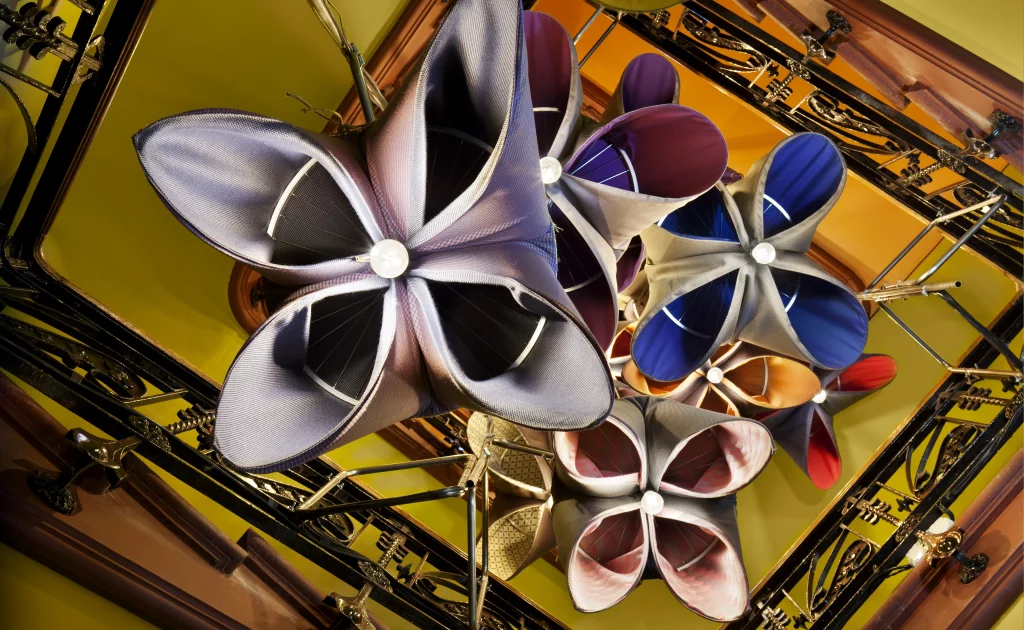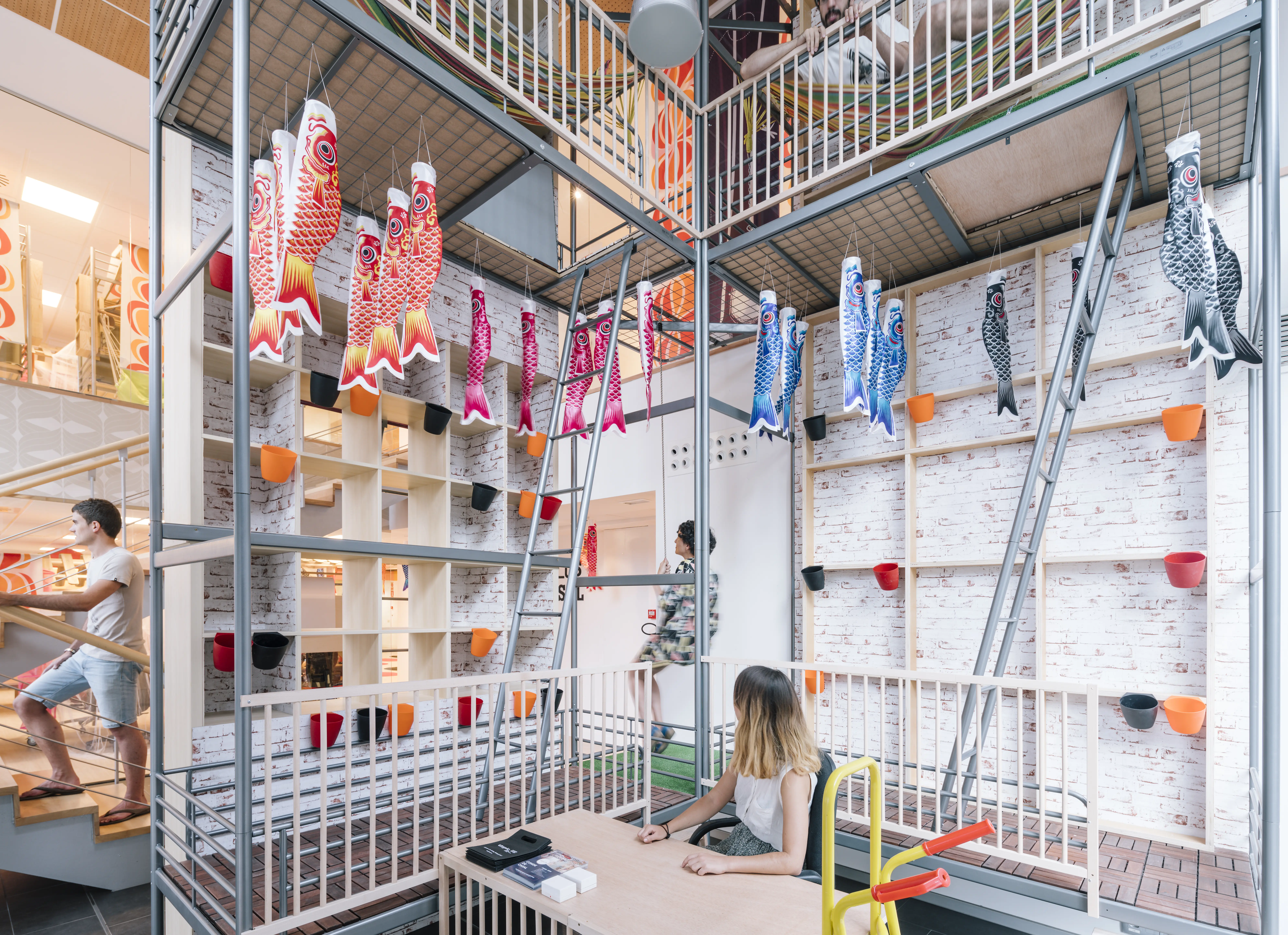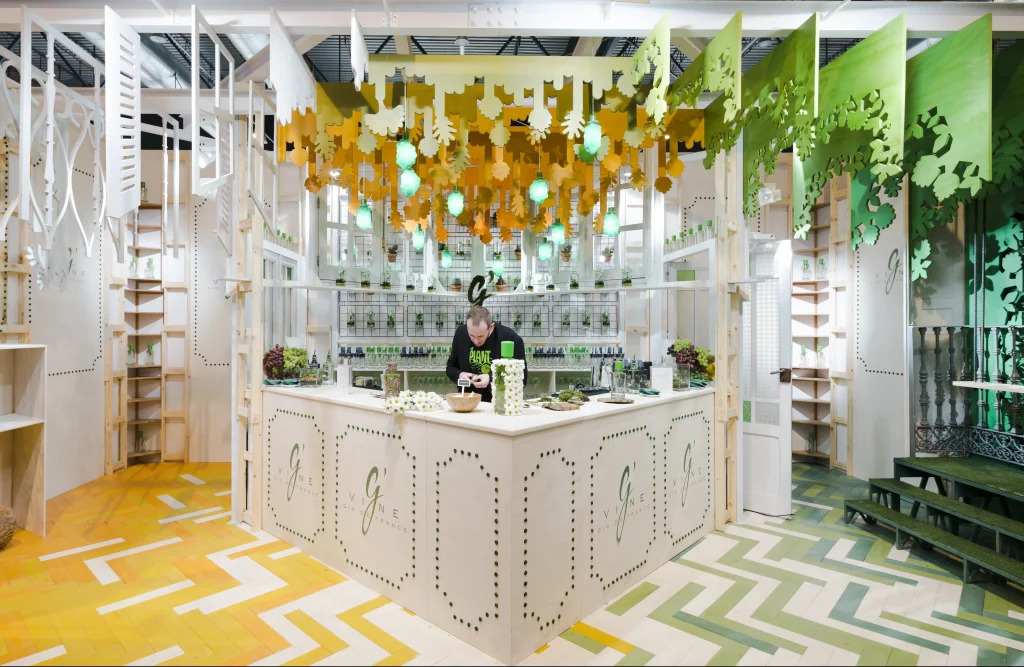The exhibition presents a physical installation that reflects on the construction of those places and the relationships they create with each other, using two fundamental reference points. On the one hand, it introduces the figure of the spheres, taken from Peter Sloterdijk, to emphasise that those places of thought are also, in a crucial way, spheres of coexistence: they are not individual spaces, but places destined for encounter, debate and collective production. The object of thought in that place is also the formula of coexistence itself, something to which the male culture has not paid special attention.
When visitors access the room, they will find three large spheres of 5.5 m in diameter. Each of them is dedicated to a place of coexistence that has been important in the construction of the common culture of women because they have also been the origin of various forms of segregation: Gynaecology, Onsen and Parliament. The spheres are arranged, also through the influence of Sloterdijk, in decreasing order of intimacy.
The first is Gynaecology, a reflection on places for a new type of domesticity. The term comes from classical Greece, where women lived together, developing abundant relationships of solidarity and mutual understanding, judging by descriptions such as those of the poet Sappho, but deprived of the right to own or inherit property or participate in public, economic and political life. The home was a fundamental instrument for maintaining social order by segregating women and subjecting them to surveillance.
Onsen, the second sphere, reflects on the public and private relationship of the human being with nature and the landscape. The term is taken from the hot springs of Japan, usually located in a beautiful natural environment. The Onsen combined the knowledge of their own body and the landscape. In traditional Japan, both genders bathed together; it was when Japan opened to the outside world that men and women were separated in an act of imposing colonialist prejudice.
Parliament is the last of the spheres. Reflect on new opportunities for public space, institutions, and the city. National parliaments have been the scene of double segregation. From the second half of the 19th century to the twentieth century, they were the theatre in which universal suffrage was debated. The second source of segregation observed by national parliaments has been the representation of women in the government. Currently, in only 16 of the 194 countries whose parliaments, the proportion of women exceeds 40%.





